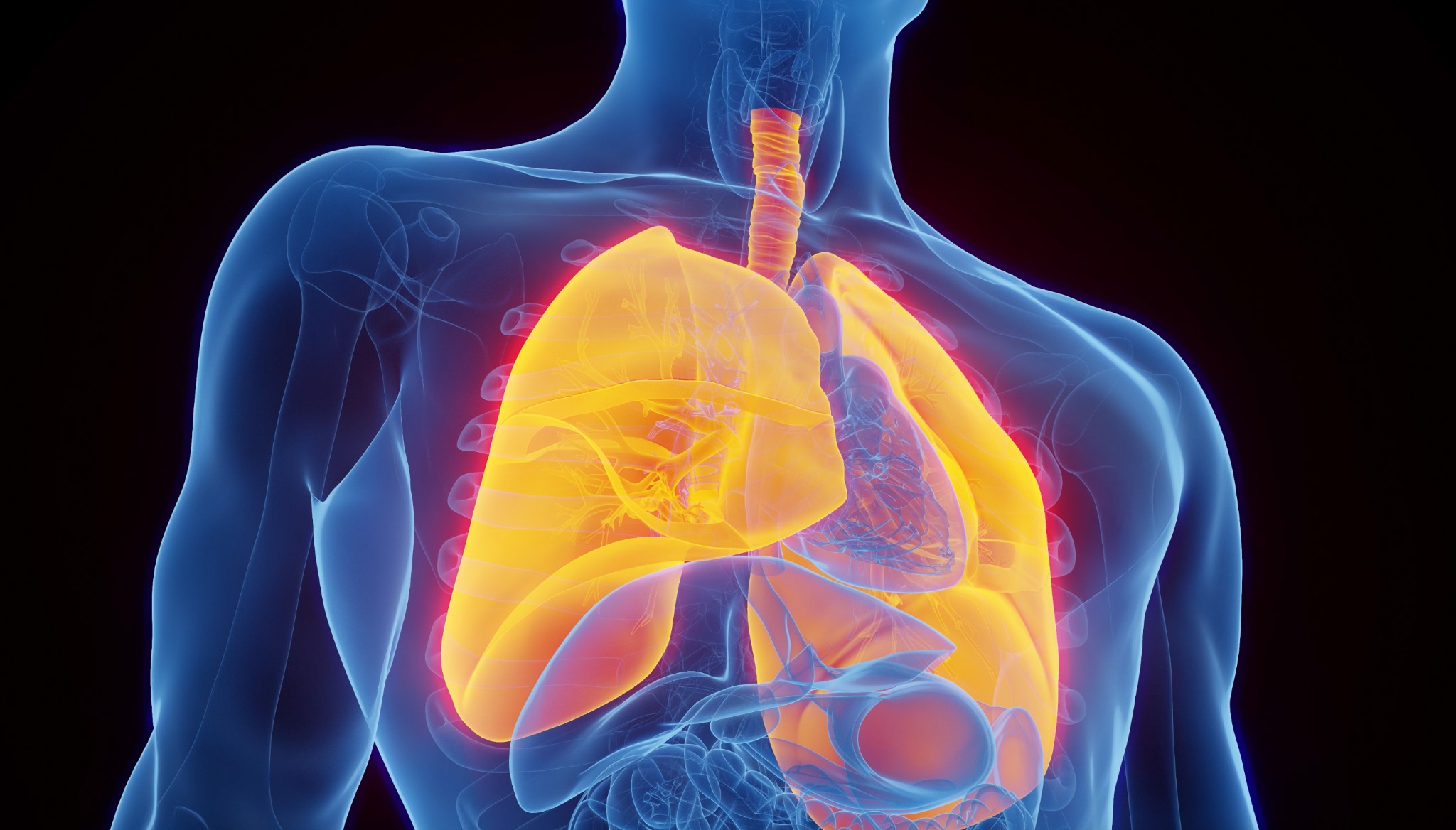Acute Respiratory Distress Syndrome (ARDS)
Acute Respiratory Distress Syndrome is a rapidly evolving form of respiratory failure marked by diffuse, inflammatory lung injury. Patients develop severe short‑of‑breath within hours to days, often progressing to the point where mechanical ventilation, extracorporeal membrane oxygenation (ECMO), and prolonged intensive‑care support are required. Even among survivors, lingering reductions in lung function and overall quality of life are common. Mortality remains substantial—roughly 27 % in mild cases, 32 % in moderate cases, and 45 % in severe ARDS—contributing to an estimated 190,000 U.S. cases each year.¹
Pathophysiology
ARDS can follow diverse insults, including viral or bacterial sepsis, major trauma, gastric‑content aspiration, and other systemic or pulmonary injuries. These triggers unleash a surge of pro‑inflammatory mediators (notably TNF‑α, IL‑6, and IL‑8), damaging the alveolar–capillary barrier. Fluid then floods the airspaces, impairing gas exchange and giving the chest X‑ray its characteristic “white‑out” appearance.¹ ²
Current Standard of Care
Management remains largely supportive. High‑flow oxygen, lung‑protective mechanical‑ventilation strategies, and—when conventional ventilation fails—ECMO are the cornerstones of therapy. Adjunctive pharmacologic options include systemic glucocorticoids and inhaled or intravenous vasodilators such as nitric oxide or prostaglandins; however, none address the underlying inflammatory cascade, and no disease‑modifying drug has yet gained approval.
1. Matthay M. A. et al. Acute respiratory distress syndrome Nat Rev Dis Primers 2019
2. Ranieri VM, et al. Acute respiratory distress syndrome: the Berlin Definition. JAMA. 2012
Sign up for news to stay up to date on our clinical trial plans

